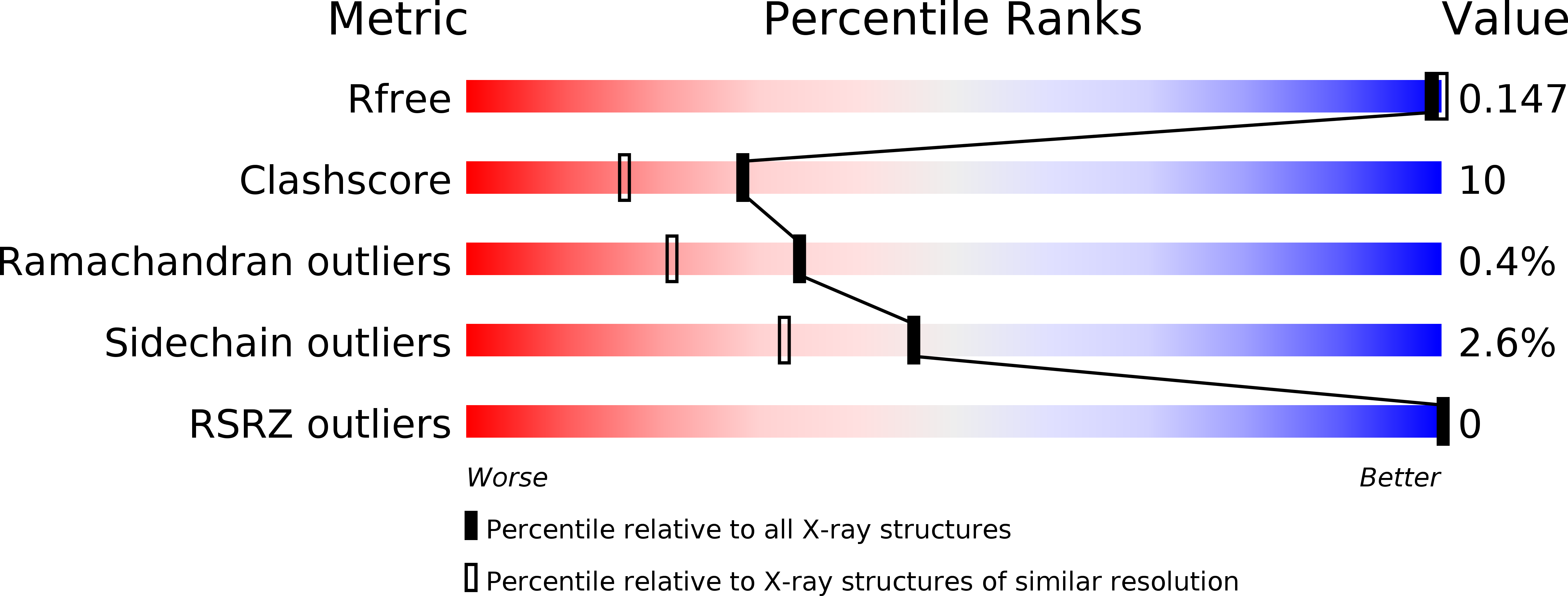Abstact
The crystal structures of two thermally stabilized subtilisin BPN' variants, S63 and S88, are reported here at 1.8 and 1.9 A resolution, respectively. The micromolar affinity calcium binding site (site A) has been deleted (Delta75-83) in these variants, enabling the activity and thermostability measurements in chelating conditions. Each of the variants includes mutations known previously to increase the thermostability of calcium-independent subtilisin in addition to new stabilizing mutations. S63 has eight amino acid replacements: D41A, M50F, A73L, Q206W, Y217K, N218S, S221C, and Q271E. S63 has 75-fold greater stability than wild type subtilisin in chelating conditions (10 mm EDTA). The other variant, S88, has ten site-specific changes: Q2K, S3C, P5S, K43N, M50F, A73L, Q206C, Y217K, N218S, and Q271E. The two new cysteines form a disulfide bond, and S88 has 1000 times greater stability than wild type subtilisin in chelating conditions. Comparisons of the two new crystal structures (S63 in space group P2(1) with A cell constants 41.2, 78.1, 36.7, and beta = 114.6 degrees and S88 in space group P2(1)2(1)2(1) with cell constants 54.2, 60.4, and 82.7) with previous structures of subtilisin BPN' reveal that the principal changes are in the N-terminal region. The structural bases of the stabilization effects of the new mutations Q2K, S3C, P5S, D41A, Q206C, and Q206W are generally apparent. The effects are attributed to the new disulfide cross-link and to improved hydrophobic packing, new hydrogen bonds, and other rearrangements in the N-terminal region.



